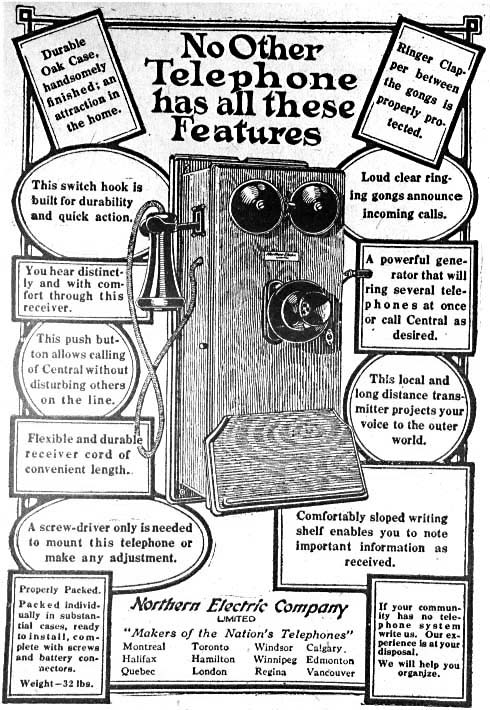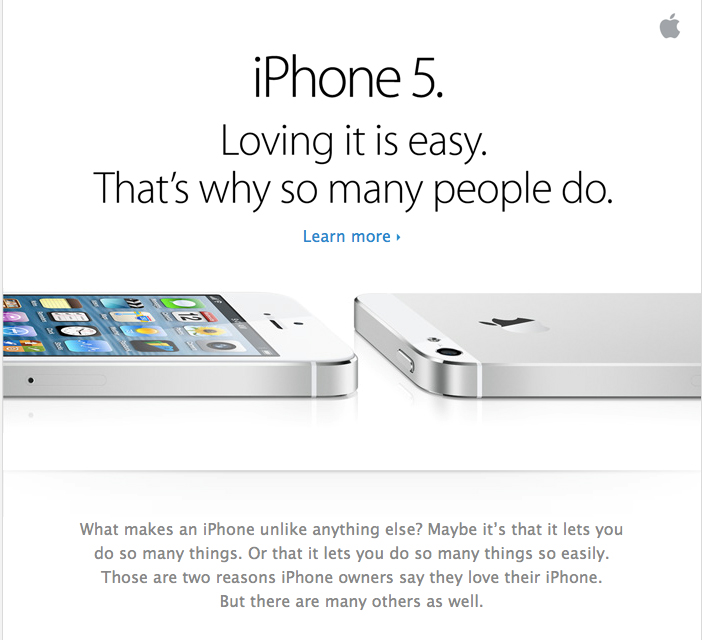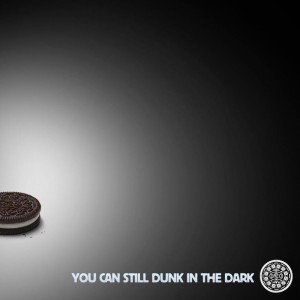Anyone likely to give to one nonprofit group probably also receives fifteen emails a week from organizations in the same wheelhouse. Especially when resources are tight, it can be hard to make yourself heard over the noise.
Between email lists, social subscriptions and the occasional direct mailing, people are increasingly hounded to help out their nonprofits. The Onion, a satire newspaper, lampooned the phenomenon last year in a video about a kidnapped nonprofit staffer whose many emails for help went unopened.
The 2013 eNonprofit Benchmarks Study reflects the same reality – email lists, Facebook likes and Twitter followers all grew over the past year, 15%, 46% and 264% respectively – but email engagement is down. Everyone’s shouting more, so it’s harder to be heard.
The problem boils down to being concise. Your subscribers want to pay attention – they did subscribe, after all – but the competition for a moment of their time is stiff, so you should use it well.
Take a look at these two telephone ads. The first is from 1922, touting the many functions of a Northern Electric telephone:
The second is from 2012, advertising an iPhone 5’s myriad uses:
These ads make the exact same claim, 90 years apart: “Our telephone does it all.” Where the first does it by listing the multitude of purposes to which the telephone can be put (including my favorite, “shelf”), the second gets right to the point. A smartphone has more potential uses than a Northern Electric telephone, but there’s no sense in listing them to an audience that’s likely familiar with them anyway.
A nonprofit’s audience is the same way. They know what the organization does, and they want to help, at least a little bit – but they only have a second to decide whether to trash the email or follow its call to action. Be brief.




